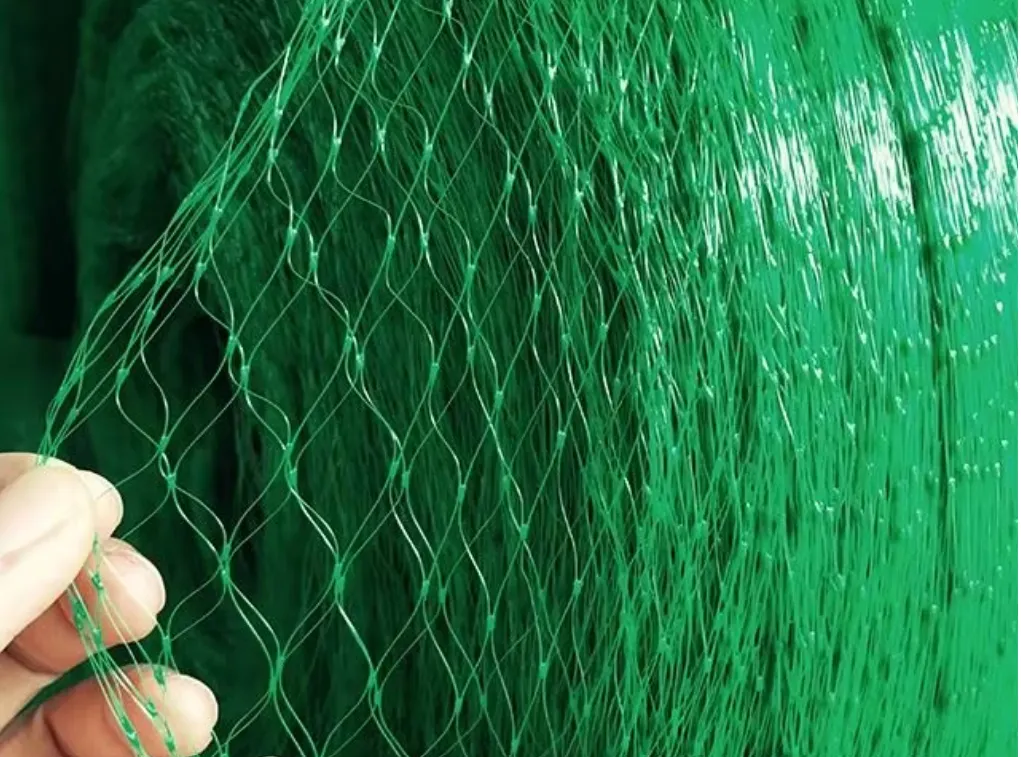-
 Afrikaans
Afrikaans -
 Albanian
Albanian -
 Amharic
Amharic -
 Arabic
Arabic -
 Armenian
Armenian -
 Azerbaijani
Azerbaijani -
 Basque
Basque -
 Belarusian
Belarusian -
 Bengali
Bengali -
 Bosnian
Bosnian -
 Bulgarian
Bulgarian -
 Catalan
Catalan -
 Cebuano
Cebuano -
 China
China -
 Corsican
Corsican -
 Croatian
Croatian -
 Czech
Czech -
 Danish
Danish -
 Dutch
Dutch -
 English
English -
 Esperanto
Esperanto -
 Estonian
Estonian -
 Finnish
Finnish -
 French
French -
 Frisian
Frisian -
 Galician
Galician -
 Georgian
Georgian -
 German
German -
 Greek
Greek -
 Gujarati
Gujarati -
 Haitian Creole
Haitian Creole -
 hausa
hausa -
 hawaiian
hawaiian -
 Hebrew
Hebrew -
 Hindi
Hindi -
 Miao
Miao -
 Hungarian
Hungarian -
 Icelandic
Icelandic -
 igbo
igbo -
 Indonesian
Indonesian -
 irish
irish -
 Italian
Italian -
 Japanese
Japanese -
 Javanese
Javanese -
 Kannada
Kannada -
 kazakh
kazakh -
 Khmer
Khmer -
 Rwandese
Rwandese -
 Korean
Korean -
 Kurdish
Kurdish -
 Kyrgyz
Kyrgyz -
 Lao
Lao -
 Latin
Latin -
 Latvian
Latvian -
 Lithuanian
Lithuanian -
 Luxembourgish
Luxembourgish -
 Macedonian
Macedonian -
 Malgashi
Malgashi -
 Malay
Malay -
 Malayalam
Malayalam -
 Maltese
Maltese -
 Maori
Maori -
 Marathi
Marathi -
 Mongolian
Mongolian -
 Myanmar
Myanmar -
 Nepali
Nepali -
 Norwegian
Norwegian -
 Norwegian
Norwegian -
 Occitan
Occitan -
 Pashto
Pashto -
 Persian
Persian -
 Polish
Polish -
 Portuguese
Portuguese -
 Punjabi
Punjabi -
 Romanian
Romanian -
 Russian
Russian -
 Samoan
Samoan -
 Scottish Gaelic
Scottish Gaelic -
 Serbian
Serbian -
 Sesotho
Sesotho -
 Shona
Shona -
 Sindhi
Sindhi -
 Sinhala
Sinhala -
 Slovak
Slovak -
 Slovenian
Slovenian -
 Somali
Somali -
 Spanish
Spanish -
 Sundanese
Sundanese -
 Swahili
Swahili -
 Swedish
Swedish -
 Tagalog
Tagalog -
 Tajik
Tajik -
 Tamil
Tamil -
 Tatar
Tatar -
 Telugu
Telugu -
 Thai
Thai -
 Turkish
Turkish -
 Turkmen
Turkmen -
 Ukrainian
Ukrainian -
 Urdu
Urdu -
 Uighur
Uighur -
 Uzbek
Uzbek -
 Vietnamese
Vietnamese -
 Welsh
Welsh -
 Bantu
Bantu -
 Yiddish
Yiddish -
 Yoruba
Yoruba -
 Zulu
Zulu
rubble netting
The Significance of Rubble Netting in Modern Construction
In the ever-evolving field of construction and architecture, innovative techniques and materials continually emerge to enhance structural integrity, sustainability, and aesthetic appeal. Among these, rubble netting has gained recognition for its crucial role in landscaping, erosion control, and even structural support. This article delves into the concept of rubble netting, its applications, and its significance in contemporary construction practices.
Rubble netting refers to a method of managing loose stone materials, often used in various forms of retaining walls, slopes, and even decorative landscaping. The practice involves the use of netting or mesh materials to contain rubble, stones, gravel, or other aggregates. This is particularly beneficial in areas prone to erosion, steep slopes, or where soil retention is a concern. The netting acts as a barrier, preventing the dislodging of materials due to natural forces such as wind or water runoff.
One of the primary applications of rubble netting is in the stabilization of slopes and embankments. When facing the challenges of landslides or soil erosion, engineers and environmentalists often turn to rubble netting as a practical solution. The mesh confines the aggregate, keeping the soil intact while allowing vegetation to grow, thus promoting natural erosion resistance. Over time, the roots of plants intertwined with the rubble create a robust natural barrier that increases the ecosystem's stability.
Rubble netting also plays a significant role in enhancing the aesthetic elements of landscapes. In commercial and residential projects, it provides an opportunity for developers to incorporate natural materials seamlessly into the environment. By using rubble in combination with netting, architects can create visually appealing structures that blend with the natural surroundings. This approach not only promotes sustainability but also encourages awareness of the importance of preserving natural landscapes.
rubble netting

Moreover, the use of rubble netting aligns with contemporary construction trends focused on sustainability
. As the construction industry grapples with the impact of climate change and the necessity for eco-friendly practices, techniques such as rubble netting offer a way to utilize natural materials effectively. The method reduces reliance on concrete and other manufactured substances, often associated with a higher carbon footprint. By making use of locally-sourced rubbish and rubble in construction, developers can lower transportation costs and diminish overall environmental impact.In addition to its environmental benefits, rubble netting can be cost-effective. Its implementation can reduce the need for extensive soil excavation or traditional concrete retaining walls, ultimately cutting down project costs. The materials used in rubble netting are often inexpensive and readily available, making it an economical choice for various applications, from road construction to residential landscaping.
Despite its numerous benefits, challenges do exist with rubble netting. For instance, the effectiveness of this method is contingent upon the quality of the netting material and the composition of the rubble used. If not appropriately designed or installed, rubble netting can fail to prevent erosion, leading to costly repairs and maintenance. Thus, it is essential for construction teams to conduct thorough assessments and employ skilled personnel familiar with proper techniques.
In conclusion, rubble netting represents an innovative and sustainable approach to addressing various construction challenges. Its applications in erosion control, landscaping, and structural stability reflect a growing trend towards environmentally conscious building practices. As the industry continues to navigate the complexities of ecological preservation and urban development, techniques like rubble netting will likely play an increasingly vital role in paving the way for a more resilient and sustainable future in construction. By combining functionality with environmental awareness, rubble netting epitomizes the potential for traditional materials to meet modern demands, fostering a balanced relationship between nature and built environments.
-
Shipping Plastic Bags for Every NeedNewsJul.24,2025
-
Safety Netting: Your Shield in ConstructionNewsJul.24,2025
-
Plastic Mesh Netting for Everyday UseNewsJul.24,2025
-
Nylon Netting for Every UseNewsJul.24,2025
-
Mesh Breeder Box for Fish TanksNewsJul.24,2025
-
Expanded Steel Mesh Offers Durable VersatilityNewsJul.24,2025











